24 May 2024 Daily Current Affairs

About Heatstroke:
- It is the most serious heat-related illness.
- When it occurs?
- It occurs when the ambient temperature is so high that the body is unable to sweat to regulate the core temperature, which shoots up to 40 degree Celsius.
- In such cases, there is a severe imbalance of salts such as sodium and potassium in the body. The high core temperature coupled with salt imbalances disrupts organs, leading to a host of symptoms.
- Impacts on human body: It can affect the brain, making a person foggy, drowsy and in severe cases may also lead to a person going into a coma. It can lead to kidney and liver damage as well. A cascade of such symptoms leads to death due to heat stroke,
- Symptoms observed: The one who gets impacted whose body temperature is very high but they are not sweating at all, feeling drowsy, vomiting, not passing urine and not breathing properly.
- Prevention: To prevent heat stroke, it is better to avoid stepping out in direct sunlight, especially between noon and 3 pm. You should avoid strenuous activity during this time.
2. Planetary alignment

About Planetary alignment:
- It is a term used to describe the positioning of planets in the solar system such that they appear to be in a straight line or close to one when viewed from a specific vantage point, for us that's Earth.
- This phenomenon is more an illusion of perspective rather than the planets being in a perfect line in space.
- Aligning planets: Mercury, Mars, Jupiter, Saturn, Uranus and Neptune will form a near-straight line.
- Which Planets will be visible?
- While six planets align, not all of them will be visible to the naked eye, due to their vast distance from Earth.
- Meanwhile, the Moon will also play a spoilsport as it distorts the visibility.
- Mercury and Jupiter will be tricky to see in the sky due to their proximity to the Sun in their orbit.
- However, Mars and Saturn will be visible to the naked eye, though very dim. Meanwhile, keen observers will need telescopes or high-powered binoculars to spot the distant planets Uranus and Neptune.
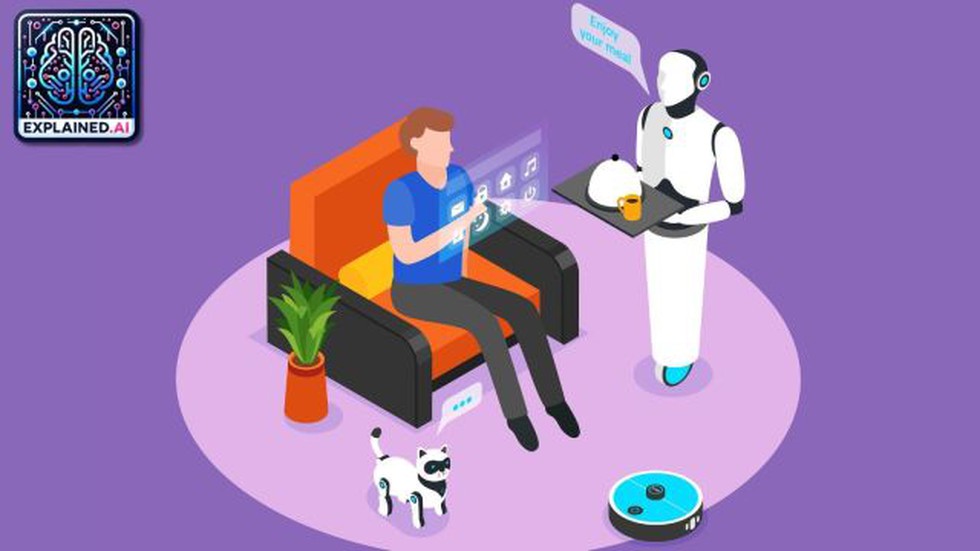
About AI agents:
- These are sophisticated AI systems that can engage in real-time, multi-modal (text, image, or voice) interactions with humans.
- Unlike conventional language models, which solely work on text-based inputs and outputs, AI agents can process and respond to a wide variety of inputs including voice, images and even input from their surroundings.
- These agents perceive their environment via sensors, then process the information using algorithms or AI models, and subsequently, take actions. Currently, they are used in fields such as gaming, robotics, virtual assistants, autonomous vehicles, etc.
How are they different from large language models?
- The Large Language Models (LLMs) like GPT-3 and GPT-4 have the ability to only generate human-like text, AI agents make interactions more natural and immersive with the help of voice, vision and environmental sensors.
- Unlike LLMs, AI agents are designed for instantaneous, real-time conversations with responses much similar to humans.
- LLMs lack contextual awareness, while AI agents can understand and learn from the context of interactions, allowing them to provide more relevant and personalised responses.
- Also, language models do not have any autonomy since they only generate text output. AI agents, however, can perform complex tasks autonomously such as coding, data analysis, etc. When integrated with robotic systems, AI agents can even perform physical actions.
- Potential Uses
- AI agents can serve as intelligent and highly capable assistants. They are capable of handling an array of tasks, from offering personalised recommendations to scheduling appointments.
- These can be ideal for customer service as they can offer seamless natural interactions and resolve queries instantly without actually the need for human interventions.
- In the field of education and training, AI agents can act as personal tutors, customise themselves based on a student’s learning styles and may even offer a tailored set of instructions.
- In healthcare, they could assist medical professionals by providing real-time analysis, diagnostic support and even monitoring patients.

About Scheduled Castes and Scheduled Tribes (Prevention of Atrocities) Act, 1989:
- It is an Act to prevent the commission of offences of atrocities against the members of the Scheduled Castes (SCs) and the Scheduled Tribes (STs) by persons other than SCs and STs.
- It provides for punishment for offences of atrocities committed against SCs and STs.
- It authorizes the Central Government to frame rules for carrying out the purpose of the Act.
- The Act is implemented by the respective State Governments and Union Territory Administrations, which are provided due central assistance under the Centrally Sponsored Scheme for effective implementation of the provisions of the Act.
- Offences:
- This Act does not apply to crimes committed between SCs and STs or between STs and SCs.
- There are 37 offences included in the Act that involve patterns of behaviour inflicting criminal offences and breaking the self-respect and esteem of the SCs and STs community.
- Among these are the denial of economic, democratic and social rights, as well as the exploitation and abuse of the legal system.
- Investigation:
- All offences listed in the Act are cognizable.
- An investigation of offence committed under the Act cannot be investigated by an officer not below the rank of Deputy Superintendent of Police (DSP).
- The investigation should be completed within 30 days, and the report should be sent directly to the director of the state police.
- Special Courts:
- The act clearly states about the constitution of special courts for hearing cases on atrocities against SCs and STs.
- For the purpose of providing for a speedy trial, the State Government shall with the concurrence of the Chief Justice of the High Court, establish in each district a Court of Session to be a Special Court exclusively to try the offences under this Act.
- The exclusive Special Courts shall try offences under this Act on day-to-day basis.
- For every Special Court, the State Government shall specify a Public Prosecutor or appoint an advocate who has been in practice as an advocate for not less than seven years, as a Special Public Prosecutor for the purpose of conducting cases in that Court.
- Punishment:
- The minimum punishment in most cases is six months of imprisonment, while the maximum is five years sentence and with fine.
- In some cases, the minimum is enhanced to one year while the maximum goes up to life imprisonment or even a death sentence.
- Section 4 of the act deals with punishment for neglect of duties by a public servant. According to this section, if a public servant, who is not a member of the SC or ST, deliberately neglects his duties, which he should perform under the Act, he is liable for punishment with imprisonment up to six months.
- According to the Scheduled Castes and Scheduled Tribes (Prevention of Atrocities) Rules, 1995, the District Magistrate or the Sub-Divisional Magistrate, or any other Executive Magistrate shall make arrangements for providing immediate relief in cash or in kind, or both, to the victims of atrocity, their family members, and dependents.
- Such immediate relief shall also include food, water, clothing, shelter, medical aid, transport facilities, and other essential items necessary for human beings.
5. What is a Foreigners Tribunal (FT)?

About Foreigners Tribunal (FT):
- The FTs came into existence through the Foreigners (Tribunals) Order, 1964, to let state administration (District Collector/District Magistrate) to make a reference about a person suspected to be a foreigner to the Tribunals.
- The Foreigners (Tribunals) Order, 1964, was enacted by the Central government through the use of powers granted under Section 3 of the Foreigners Act, 1946.
- The Foreigners (Tribunals) Order, 1964, applies to the whole of India, yet, FTs exist only in Assam as of now.
- In other states, if an illegal immigrant is found, he is produced before a local court and dealt with as per the Foreigners Act, 1946.
- Prior to the 2019 amendment to the Foreigners (Tribunals) Order, 1964, only the Centre was empowered to establish FTs in states, but after this amendment, the power has been granted to states as well.
- Need for FT:
- The superintendents of police (SPs) and district commissioners were empowered to detect suspected foreigners. References for these “suspected persons” were required to be made before an authority which came into existence through the Foreigners (Tribunals) Order, 1964.
- The Election Commission of India (ECI) can also refer cases of D or Doubtful voters to the local SP, who then refers them to a tribunal to verify their citizenship.
- The persons excluded from the final draft of the National Register of Citizens (NRC) as released in August 2019 can appeal before the FTs to prove their citizenship.
- What is FT supposed to do after receiving a reference against a person?
- The Tribunal is supposed to serve upon such person a copy of the main grounds on which he is alleged to be a foreigner, as well as a show cause notice, within 10 days of receipt of reference from the concerned authority.
- The notice should clearly indicate that the burden is on the proceedee to prove that he or she is not a foreigner.
- The FT is to give the person a reasonable opportunity to make a representation (in person or through a lawyer) and produce evidence in support of his case.
- If the proceedee fails to produce any proof in support of his claim of citizenship and also not able to arrange for bail, the FT shall detain him and send him to a detention centre.
- The SC held that the decision of the FTs regarding the nationality of a person will be binding. Also, the decision of the tribunal will be given more importance than that of the Government or credentials and the NRC verification authority.
6. Institute of Chartered Accountants of India (ICAI)
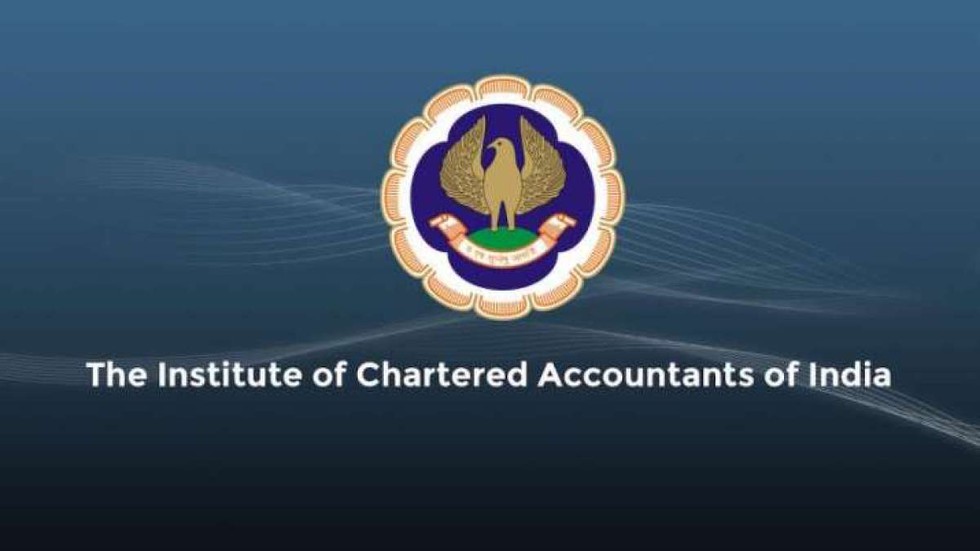
About Institute of Chartered Accountants of India (ICAI):
- It is a statutory body established by an Act of Parliament, viz., the Chartered Accountants Act, 1949, for regulating the profession of Chartered Accountancy in the country.
- It functions under the administrative control of the Ministry of Corporate Affairs, Government of India.
- Headquarters: New Delhi
- It is the second largest professional body of chartered accountants in the world.
- The affairs of the ICAI are managed by a Council in accordance with the provisions of the Chartered Accountants Act, 1949, and the Chartered Accountants Regulations, 1988.
- The Council consists of 40 members, of whom 32 are elected by the Chartered Accountants and the remaining 8 are nominated by the Central Government, generally representing the Comptroller and Auditor General of India, the Securities and Exchange Board of India, the Ministry of Corporate Affairs, the Ministry of Finance and other stakeholders.
- Functions of ICAI:
-
- Regulates the profession of Accountancy
- Examination and education of Chartered Accountancy course
- Continuing professional education of members
- Conducting post-qualification courses
- Formulation of accounting standards
- Prescription of standard auditing procedures
- Laying down ethical standards
- Monitoring quality through peer review
- Ensuring standards of performance of members
- Exercise disciplinary jurisdiction
- Financial reporting review
- Input on policy matters to the government
7. What is Bay of Bengal Initiative for Multi-Sectoral Technical and Economic Cooperation (BIMSTEC)?
About BIMSTEC:
- It is a multilateral regional organization comprising seven member states lying in the littoral and adjacent areas of the Bay of Bengal, constituting a contiguous regional unity.
- Aim: Accelerating shared growth and cooperation between littoral and adjacent countries in the Bay of Bengal region.
- Formation:
- It was founded as BIST-EC in June 1997, with the adoption of the Bangkok Declaration, with Bangladesh, India, Sri Lanka and Thailand as members.
- It became BIMST-EC (Bangladesh, India, Myanmar, Sri Lanka and Thailand Economic Cooperation) with the entry of Myanmar in late 1997, and eventually, it was named in its current form when Nepal and Bhutan became members in 2004.
- Current Member States: Five deriving from South Asia, including Bangladesh, Bhutan, India, Nepal and Sri Lanka and two from Southeast Asia, including Myanmar and Thailand.
- Permanent Secretariat: Dhaka, Bangladesh
- Areas of cooperation:
- It is a sector-driven cooperative organisation in which, initially, six sectors had been included:
- Trade, Technology, Energy, Transport, Tourism, and Fisheries
- As of now, BIMSTEC has 14 priority areas of cooperation. Climate change was added as the 14th priority area of cooperation in 2008.
- Among these priority areas, a member country chooses which of the 14 priority areas it is willing to take the lead.
- India is lead country for Transport & Communication, Tourism, Environment & Disaster Management, Counter-Terrorism & Transnational Crime.
8. Ujani Dam
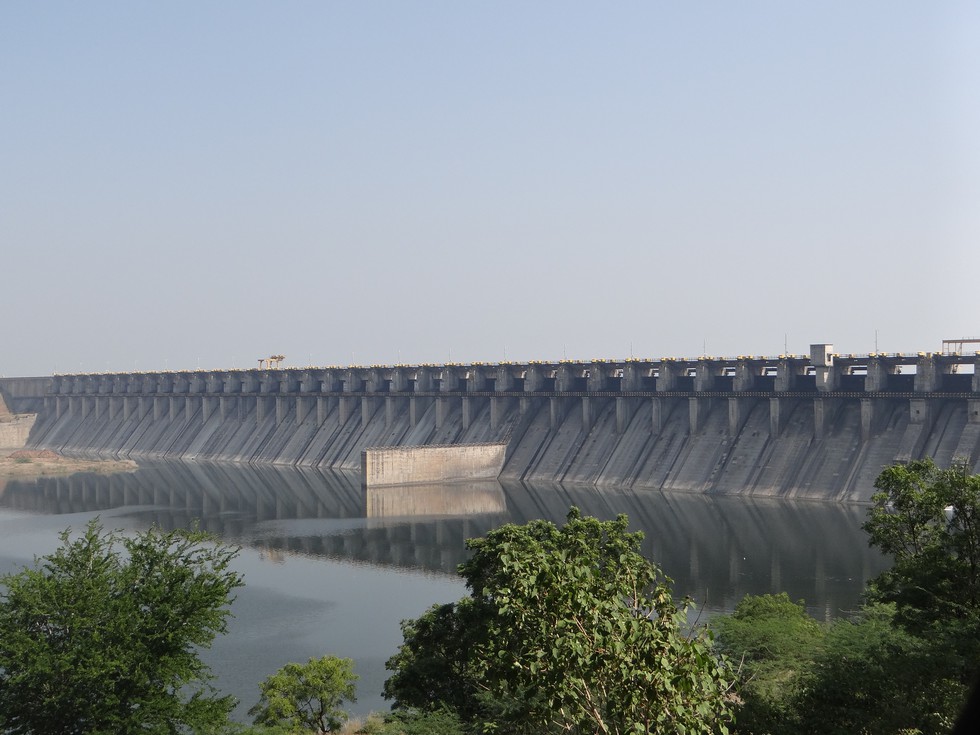
About Ujani Dam:
- It is located on the Bhima Rivernear Ujjani village in the Solapur district of the state of Maharashtra.
- It is an earth-fill cum masonry gravity dam.
- It was constructed between 1977 and 1980 with the primary objective of providing irrigation water and hydroelectric power to the region.
- With a total length of 2,534 m, the Ujani Dam is founded on massive basaltic rock formations and comprises a central portion, which is the spillway dam of 602m in length.
- The dam has a height of 63 meters.
- With a storage capacity of 117 thousand million cubic feet (TMC), the dam has a live storage of 54 TMC and 63 TMC is dead storage.
- Power Generation Capacity: 12MW
- Pollution: The water quality of the Ujani Dam is very bad as it contains hazardous pollutants from Pune and many other small cities located on the banks of the Bhima River or its tributaries.
Key Facts about Bhima River:
- The Bhima River (also known as the Chandrabagha River) is a major river in southwest India.
- It is a major tributary of the Krishna River.
- Course:
- It originates in the Bhimashankar hills near Karjat on the western side of the Western Ghats, in the Pune District of Maharashtra.
- Bhima flows southeast through the states of Maharashtra, Karnataka and Telangana.
- Itmerges into the Krishna River at Kadlur (Raichur) in Karnataka.
- This 861 km-long river has the Western Ghats on the west, the Balaghat Range in the north, and the Mahadeo Hills in the south.
- The total basin area of the river is 48,631 sq. km, out of which 75 percent lie in the state of
- Major tributaries are the Sina and Nira rivers.
- Pandharpur is an important pilgrimage centre located on the right bank of the Bhima River.
9. Travel & Tourism Development Index
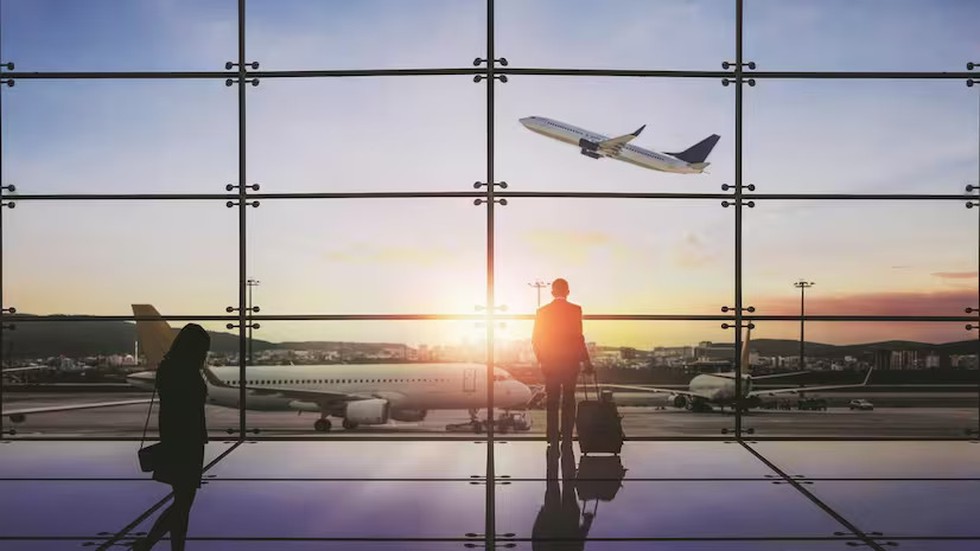
About Travel & Tourism Development Index:
- It is the second edition of an index that evolved from the Travel & Tourism Competitiveness Index (TTCI) series, a flagship index of the World Economic Forum that has been in production since 2007.
- It is created in collaboration with the University of Surrey and with input from leading Travel & Tourism (T&T) stakeholder organizations, thought leaders and data partners.
- It measures the set of factors and policies that enable the sustainable and resilient development of T&T.
- India is ranked 39th, the highest in South Asia and among other lower-middle-income economies.
- India's new ranking is a notable improvement from its 54th position in the 2021 index.
- On an overall index score of 7, where 1 is the worst, and 7 is the best, India scored 4.25. India’s significant leap in the rankings underscores its growing competitiveness in the global tourism landscape.
- The biennial index analyzed the travel and tourism sectors of 119 countries, evaluating them on a range of factors and policies that foster tourism development.
10.What is eVTOL?
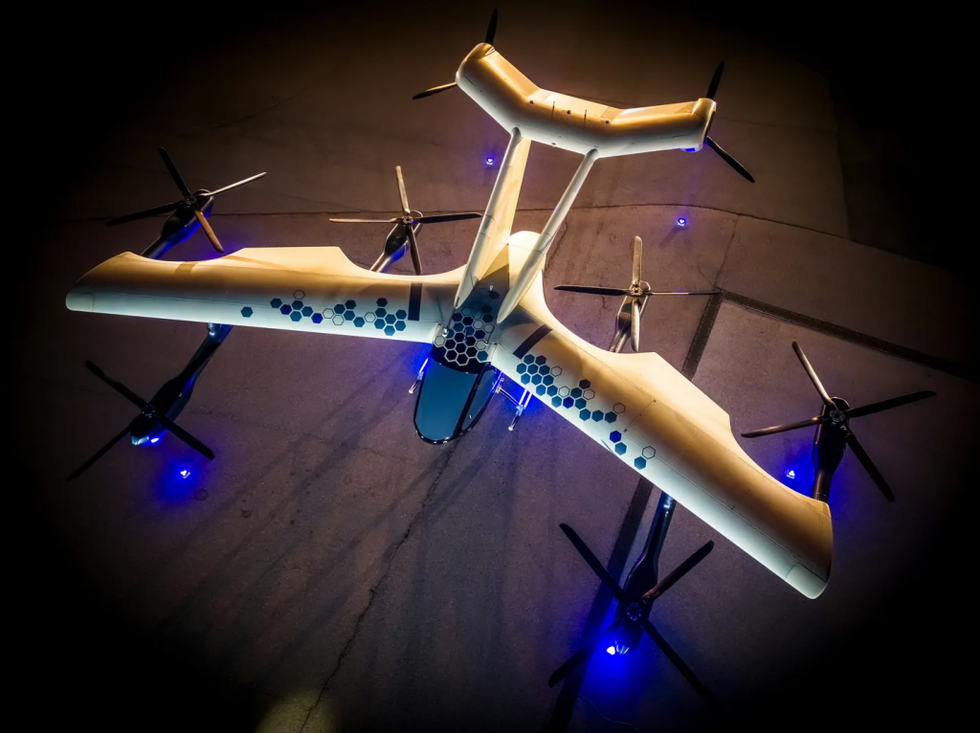
About eVTOL Aircraft:
- An electric Vertical Take-Off and Landing (eVTOL) aircraft is one that uses electric power to hover, take off and land vertically.
- It is one of the newer technologies and developments in the aerospace industry.
- It is a low-altitude urban air mobility aircraft capable of carrying only a few passengers- six-seaters and eight-seaters.
- Technology used:
- Most eVTOLs use distributed electric propulsion technology which means integrating a complex propulsion system with the airframe. There are multiple motors for various functions; to increase efficiency; and to also ensure safety.
- This is a technology that has grown on account of successes in electric propulsion based on progress in motor, battery, fuel cell and electronic controller technologies and also fuelled by the need for new vehicle technology that ensures Urban Air Mobility (UAM).
- Applications:Air Taxi, Delivery, Medical assistance (EMS), Cargo Transport, Recreation.
- Significance: In the near future, these eVTOLs will enhance “on-demand” mobility for intra- and intercity transportation, improving connectivity between metropolitan city centers and airports.



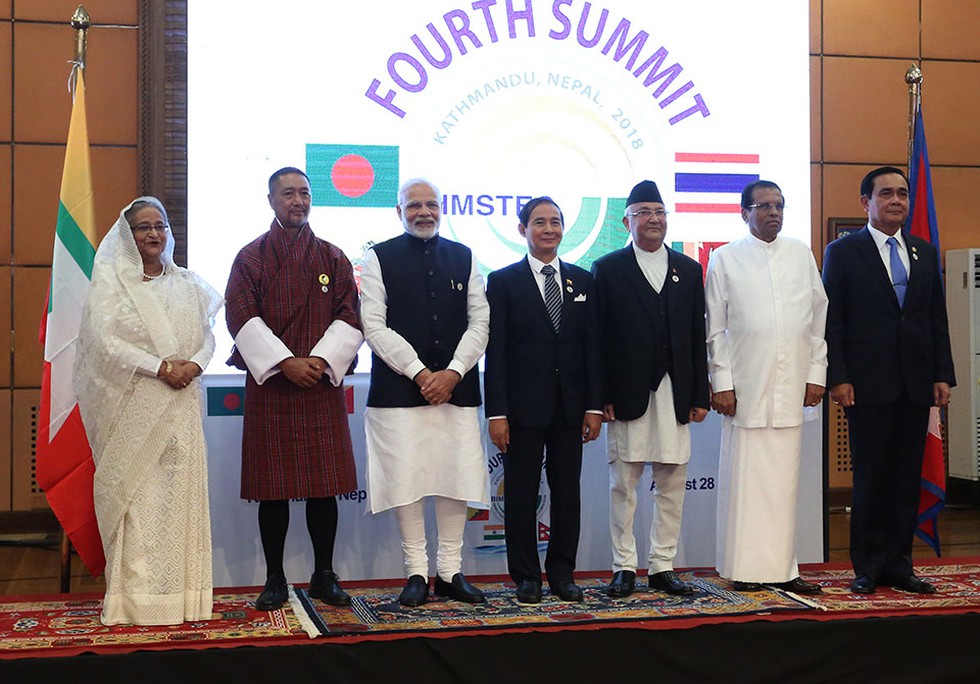























































































































































.png)
.png)
.png)
.png)
.png)


.png)
.png)
.png)





.png)
.png)






.png)
.png)
.png)
.png)
.png)
.png)
.png)
.png)
.png)

.png)







.png)
.png)


.png)
.png)
.png)


.png)

.png)
.png)





.jpg)

.png)
.png)


.png)

.png)
.png)
.png)

.jpg)

.jpg)


.png)

.png)
.png)
.png)
.png)
.png)
.png)
.png)
.png)
.png)
.png)




.png)

.png)





.png)
.png)
.png)
.png)
.png)
.png)
.png)
.png)
.png)
.png)
.jpg)
.jpg)

.png)
.png)
.png)
.png)
.png)
.png)
.png)
.png)
.png)
.png)
.png)
.png)
.png)
.png)
.png)
.png)
.png)
.png)
.png)
.png)
.png)
.png)



.png)
.png)

.jpg)
.jpg)


.jpg)
.jpg)
.jpg)
.jpg)
.jpg)

.jpg)








.jpg)
.jpg)
.jpg)
.jpg)
.jpg)

















.jpg)
.jpg)







.jpg)


















.jpg)
.jpg)






























































































.jpg)
.jpg)


























.jpg)

.jpg)










.jpg)








.jpg)




.jpg)










.jpg)


















.jpg)












































.jpg)














.jpg)
.jpg)
.jpg)





.jpg)

.jpg)
.jpg)





































































.jpg)


































.jpg)
.jpg)
















































.jpg)












.jpg)


.jpg)




.jpg)
.jpg)
.jpg)

.jpg)
.jpg)
.jpg)
.jpg)

.jpg)
.jpg)
.jpg)

.jpg)
.jpg)
.jpg)
.jpg)
.jpg)
.jpg)
.jpg)
.jpg)

.jpg)


.jpg)
.jpg)
.jpg)
.jpg)
.jpg)
.jpg)
.jpg)
.jpg)
.jpg)
.jpg)











.jpg)
.jpg)





.jpg)
.jpg)
.jpg)
























.jpg)
























.jpg)









.jpg)
.jpg)







.jpg)
.jpg)









































.jpg)
.jpg)
.jpg)
.jpg)
.jpg)

.jpg)
.jpg)
.jpg)
.jpg)
.jpg)


.jpg)
.jpg)
.jpg)
.jpg)
.jpg)

.jpg)
.jpg)
.jpg)
.jpg)
.jpg)
.jpg)
.jpg)
.jpg)
.jpg)
.jpg)
.png)

.png)
.png)

.png)
.png)
.png)
.png)


.jpg)
.jpg)

.jpg)
.jpg)
.jpg)

.png)
.png)
.png)
.png)
.png)
.png)
.png)

.png)
.png)
.png)
.png)
.png)
.png)
.png)
.png)
.png)
.png)





































































-min.png)



.png)




.png)








































